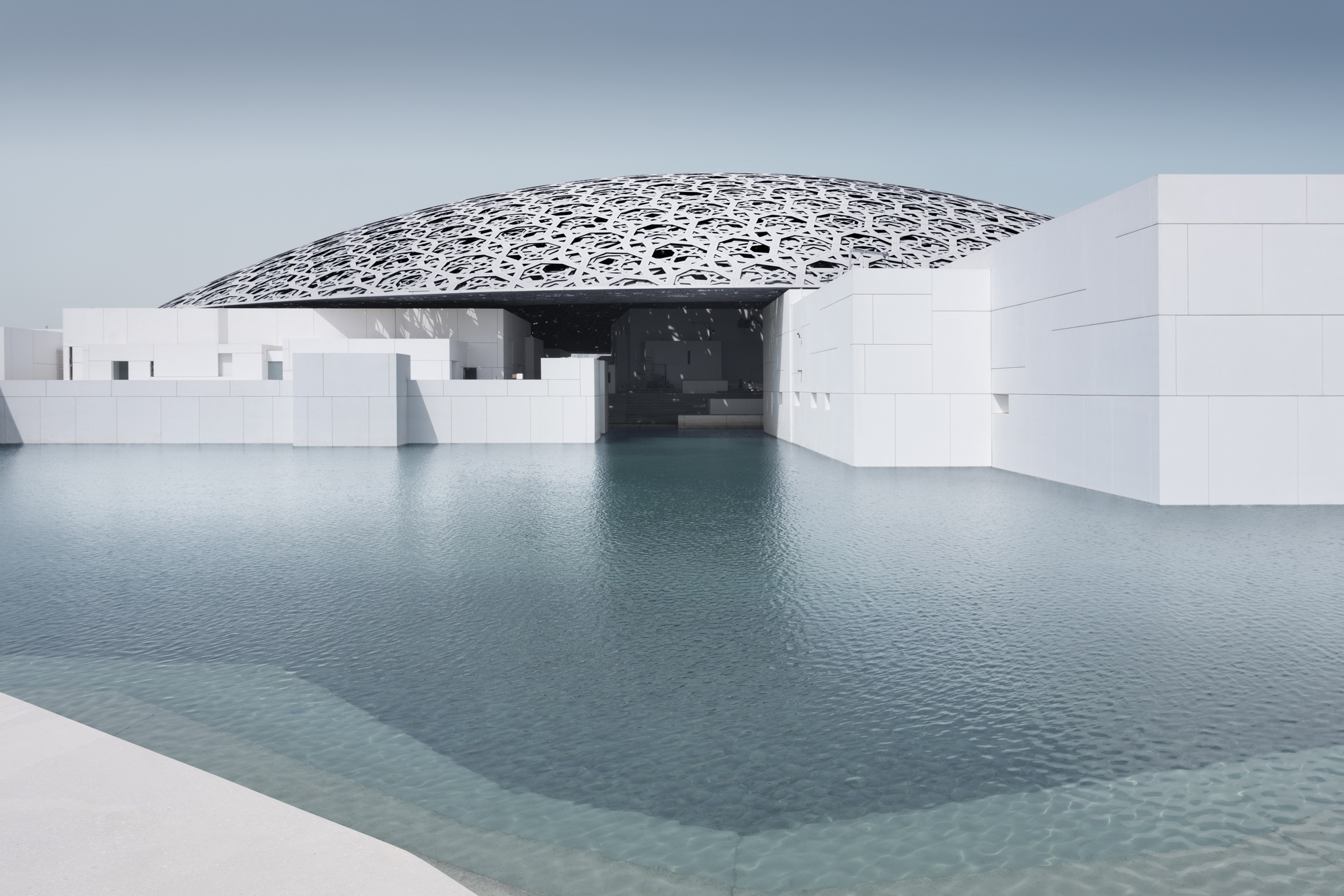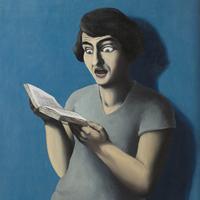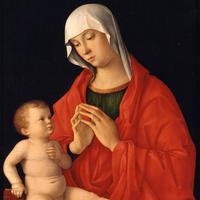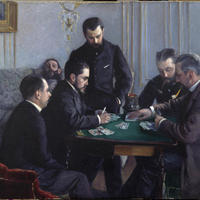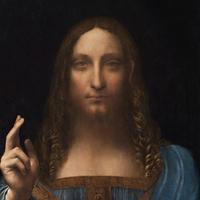More about Louvre Abu Dhabi
Works at Louvre Abu Dhabi

Contributor
It’s really no surprise a city with the only “Ferrari World” theme park would eventually open a world-class art museum.
Over the course of the past decade, Abu Dhabi has developed a strong reputation for combing the extravagant with the irregular. Beginning in 2007 with a deal between France and the United Arab Emirates valued at $1.15 billion, the opening of the Louvre Abu Dhabi displays a commitment to this well-deserved reputation. Located on Saadiyat “Happiness” Island, this 260,000 square-feet behemoth became the largest art museum within the Arabian Peninsula. In concert with planned hotels, malls, and other museums - including a branch of the Guggenheim at Abu Dhabi - the UAE hopes to create a permanent cultural center piece in its territory.
Opening its doors in November 2017, the 86,000 square feet of gallery space seeks to combine Western and Eastern art across the spectrum of art history. Having temporarily leased the ‘Louvre’ museum brand, the Louvre Abu Dhabi has been allowed the opportunity to borrow works from some of the most prestigious French state institutions including the Musée d’Orsay and the Louvre itself. As a result, around 600 works among 23 galleries from distinctly disparate periods and cultures can be found under the same flying saucer. Speaking of, the museum itself could be considered a piece of art in and of itself.
Designed by famed architect and over complication magnate Jean Nouvel, the striking aluminum honeycomb-style dome is 590 feet across making it wider than the Washington Monument is tall. It sits atop a variety of white rectangular structures which have water features flowing throughout to really hit home that whole “money-can-buy-anything” Abu Dhabi vibe. However, even a steady flow of oil money doesn’t guarantee controversy wouldn't be present with the constructions of a museum in which just its name came with a $464 million dollar price tag.
According to a Human Rights Watch report, the predominantly South Asian laborers on “Happiness” Island - including the ones constructing the Louvre Abu Dhabi - were regularly faced with withheld wages as well as the confiscation of passports so workers would be jailed and deported if they complained. Not to mention journalists and other independent regulators were often arrested and/or deported for investigating the poor working conditions of the island.
Despite this controversy, the Louvre Abu Dhabi is considered an amazing diplomatic and cultural stepping stone between divided western and eastern governments. With the previously mentioned agreement between France and the UAE, the new museum hosts a timeline of disparate ethnic and cultural artwork displayed proudly side-by-side. The Louvre Abu Dhabi not only utilizes this mix of artwork to bolster its galleries, but it is also as a distinguishing feature. This is highlighted by Abu Dhabi’s acquisition of Salvator Mundi by Leonardo da Vinci which depicts Jesus Christ as the “Savior of the World”. Notwithstanding past discouragement of this type of religious iconography by the UAE, it will be proudly displayed as one of its many outstanding artworks.
Sources
- https://hyperallergic.com/411871/louvre-abu-dhabi/
- https://www.nytimes.com/2017/11/28/arts/design/louvre-abu-dhabi-united-…
- https://www.nytimes.com/2015/05/29/opinion/art-and-hypocrisy-in-the-gul…
- https://www.hrw.org/report/2015/02/10/migrant-workers-rights-saadiyat-i…
- http://www.telegraph.co.uk/travel/destinations/middle-east/united-arab-…

Contributor
Why Abu Dhabi is awesome (Oil, Falcons, money)
Abu Dhabi is Dubai’s wealthy, nerdier cousin. Dubai has that shopping mall with the indoor ski slope and the world’s tallest building. Abu Dhabi has the world’s 7th largest oil reserves. There is a falcon hospital a hospital that treats over 11,000 sick falcons per year and claims to be "one of the most reputed falcon hospitals in the Gulf region, the largest falcon hospital in the world, and leading center for falcon medicine world-wide" with "a loyal and a wide patient-base not just in the UAE, but also in countries like Saudi Arabia, Qatar, Kuwait and Bahrain." Dubai also has a museum island where they just finished building the Louvre Abu Dhabi museum. Right next to the construction site where the Guggenheim Abu Dhabi is going up.
Why the Louvre Abu Dhabi is super extra cool (Architecture, collections, money):
The building is amazing. It is big (260,000 square feet), beautiful (a ‘floating dome design by Pritzker Prize winning French architect Jean Nouvel), and expensive. How expensive? The cost of the building has not been disclosed, and in any event, it was built using controversial labor practices, so the $ cost would understate the true cost anyway. However, we know that the cost of licensing the ‘Louvre’ name cost a little over a half a billion dollars, borrowing a rotating collection of 300 artworks for 30 years cost another three quarters of a billion Dollars, and, courtesy of the new ruler of Saudi Arabia, and our favorite new art patron, Mohammed bin Salman (‘MbS’ to the cool kids), they will soon have the world’s most expensive painting, Leonardo’s $450 million Salvator Mundi, on display.
Which brings us to the collection. In addition to the Salvator Mundi, and such loaners as Leonardo da Vinci's Portrait of a Woman (La Belle Ferronière), the museum has a permanent collection that includes Piet Mondrian's Composition with Blue, Red, Yellow and Black, 1922 and Gustave Caillebotte's Game of Bezique, 1880.
You can fly there on the world’s most luxurious commercial airline, Etihad (famous for their one way $38,000 tickets from Mumbai to NY via Abu Dhabi), and on the way to the museum stop off at the world’s biggest Rolls Royce dealer to peruse the inventory, before checking in on your recuperating falcons at the hospital. Francisco likes.
Featured Content
Here is what Wikipedia says about Louvre Abu Dhabi
24°31′58.80″N 54°24′0.04″E / 24.5330000°N 54.4000111°E
The Louvre Abu Dhabi (Arabic: اللوفر أبوظبي, romanized: al-lūfr ʔabū ẓaby; French: Louvre Abou Dabi) is an art museum located on Saadiyat Island in Abu Dhabi, United Arab Emirates. It runs under an agreement between the UAE and France, signed in March 2007, that allows it to use the Louvre's name until 2047, and has been described by the Louvre as "France's largest cultural project abroad." It is approximately 24,000 square metres (260,000 sq ft) in size, with 8,000 square metres (86,000 sq ft) of galleries, making it the largest art museum in the Arabian Peninsula. Artworks from around the world are showcased at the museum, with stated intent to bridge the gap between Eastern and Western art. Louvre Abu Dhabi is one of the first completed projects of the Saadiyat Cultural District, which Abu Dhabi intends to develop into "a leading destination for art, history and culture."
By 2019, the Louvre Abu Dhabi had already attracted 2 million visitors, making it the most visited museum in the Arab world.
Check out the full Wikipedia article about Louvre Abu Dhabi

